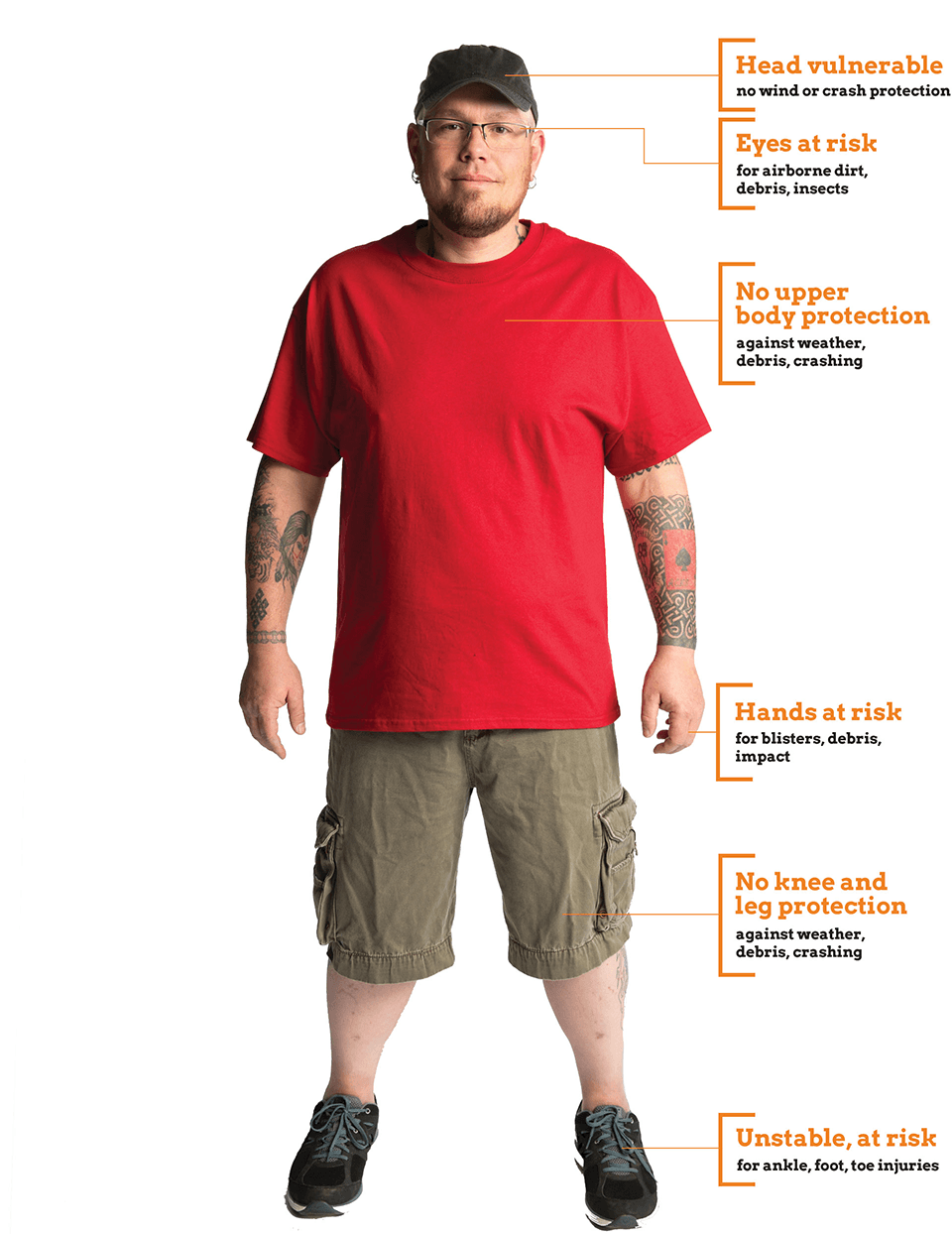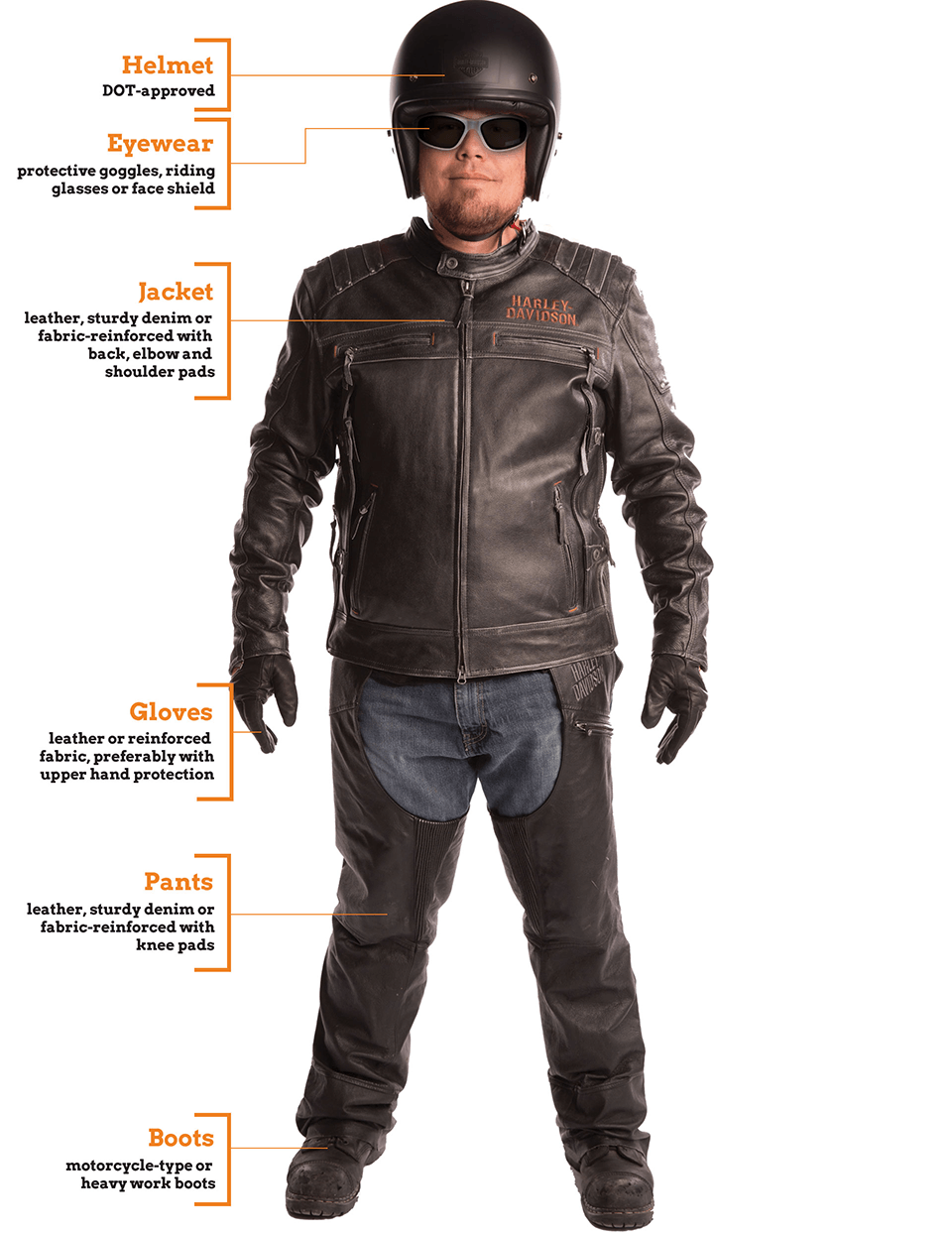Safer Travel Starts with Respect.
Motorcyclists and drivers have the same rights to the road, and the same desire to Arrive Alive!

Respect the Ride
MOTORCYCLE SAFETY IS INCREDIBLY IMPORTANT.
Riders are much more vulnerable to crashes and many drivers are not looking out for motorcycles.
See how an avid rider is helping prevent motorcycle crashes.
Andrea Jonaitis, RiderCoach, DMV Motorcycle Training Courses
DRIVERS: GET UP TO SPEED ON MOTORCYCLES
With their small size and slim profile, motorcyclists are hard to see – and extremely vulnerable on Delaware roads. Check out these videos to learn more about sharing the road safely.
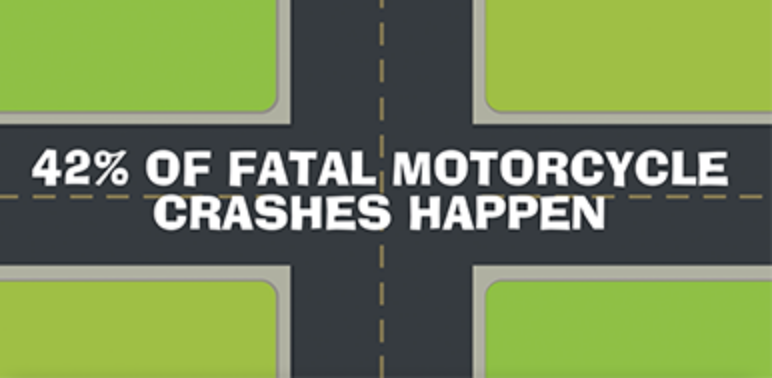
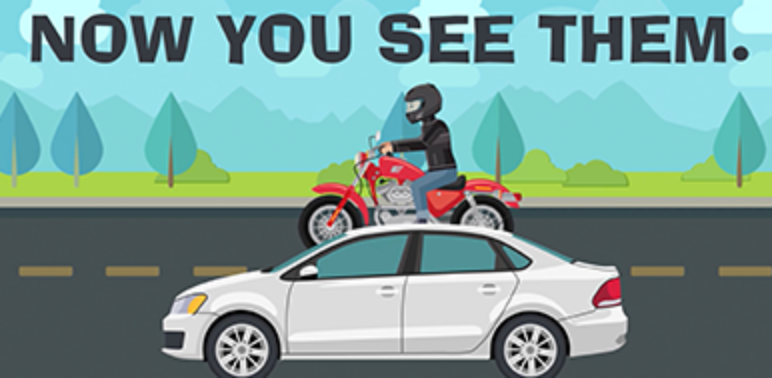
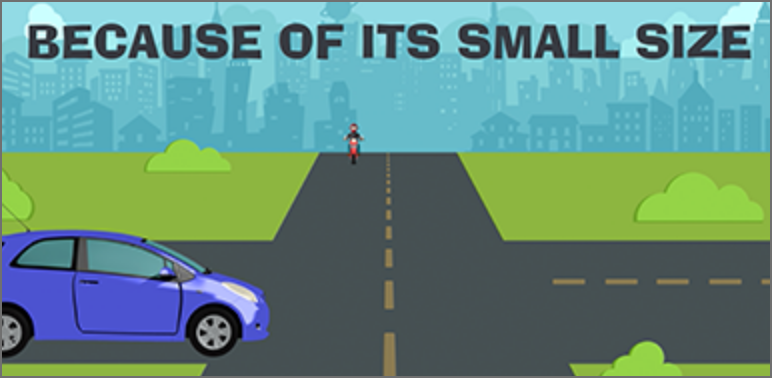
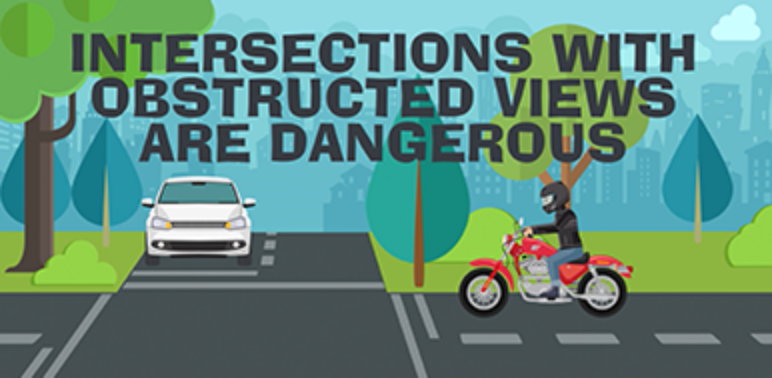
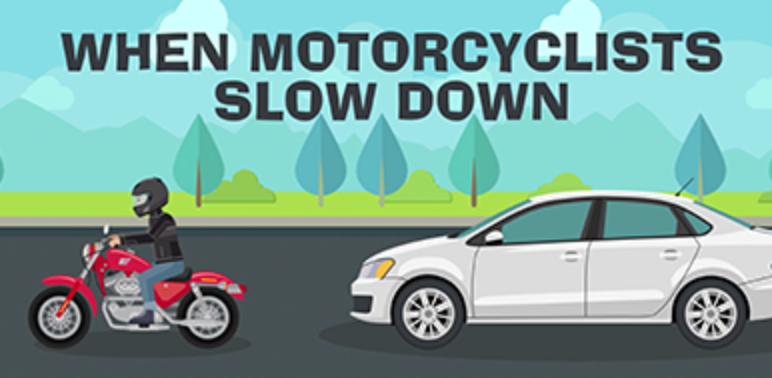
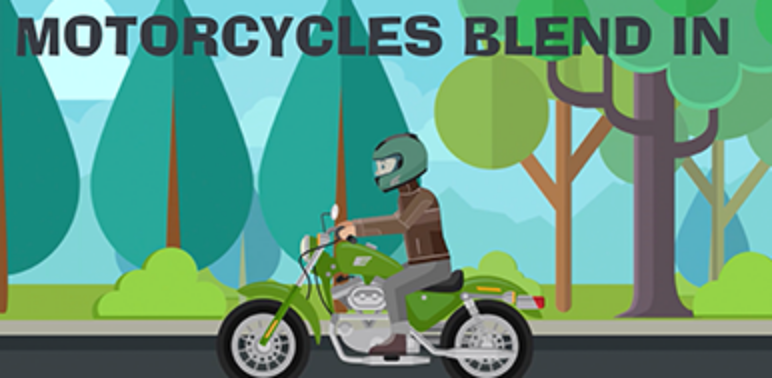
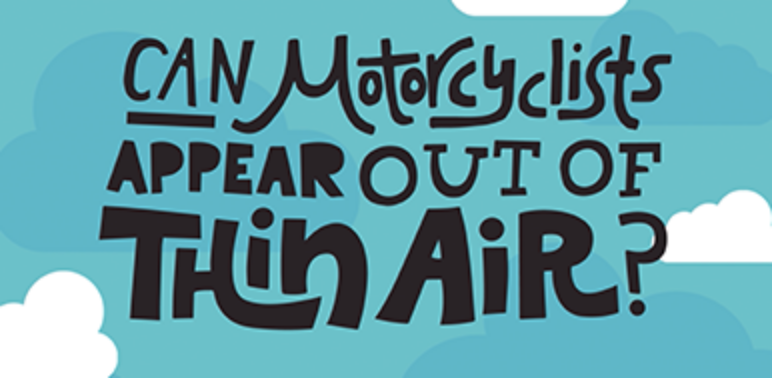
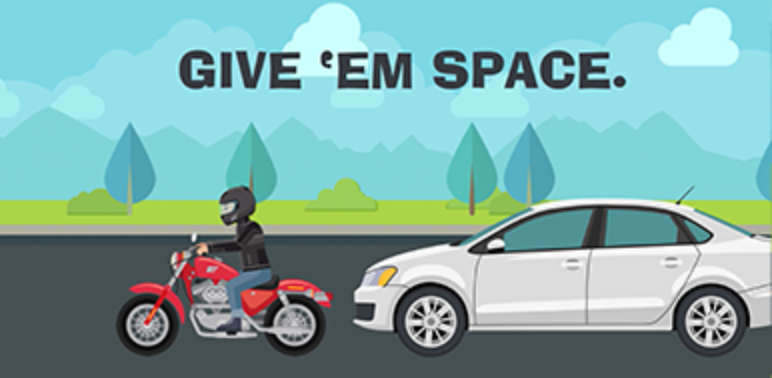
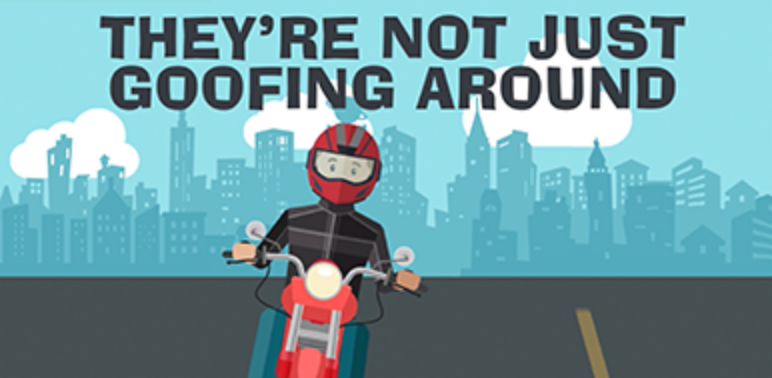
Tips for Motorcyclists
-
Wear clothes with fluorescent bands and always have your headlights on.
-
Use both brakes and keep your arms outstretched.
-
Drain covers, leaves and gravel can cause a fall.
-
Don’t ride on the hard shoulders, or in construction zones or shaded zones.
-
You’re smaller than a car and are often hard to see.
-
Control of a motorbike requires a lot of physical and mental effort.
Tips for Drivers
-
Allow more following distance when behind a motorcycle.
-
Then check again, especially when changing lanes.
-
Too many fatal crashes happen when a car tries to turn left while the motorcycle stays straight.
-
The same as you would any other car and driver.
-
Cut other drivers and riders a little slack.
-
More than half of all fatal motorcycle crashes involve another vehicle.
Gear Up. Dress for the Crash. Not the Ride.
Drag the middle white line right to see a well-protected rider and left to see one that needs to gear up!
How to get your motorcycle noticed
-
Black looks tough, but it’s harder to see.
-
You’ll catch the eye of drivers coming up behind you with the pulsing red flash.
-
This creates a brighter footprint for you and your bike.
-
It’s the best way to quickly get attention.
How NOT to get your motorcycle noticed
-
The standard rationale, “They’ll hear me coming,” just doesn’t stand up.
-
Your pipes are pointed backward, annoying the drivers behind you, instead of alerting the drivers you’re approaching.
-
Loud pipes are obnoxious and painful to listen to, and not the best way to make your presence known. That’s what lights and horns are for.
Begin each ride with a pre-ride check. Just remember TCLOCS.
-
Tires
Check air pressure, wheels, brakes and spokes.
-
Controls
Check levers, hoses, cables and throttle.
-
Lights and Electrical Switches
Make sure all are working properly.
-
Oil and Fluids
Check oil, coolant and hydraulics. Look for leaks.
-
Chassis
Check drive train, chain and suspension. If you add a passenger, adjust accordingly.
-
Side Stand (Kickstand)
Make sure spring and stand operate reliably.
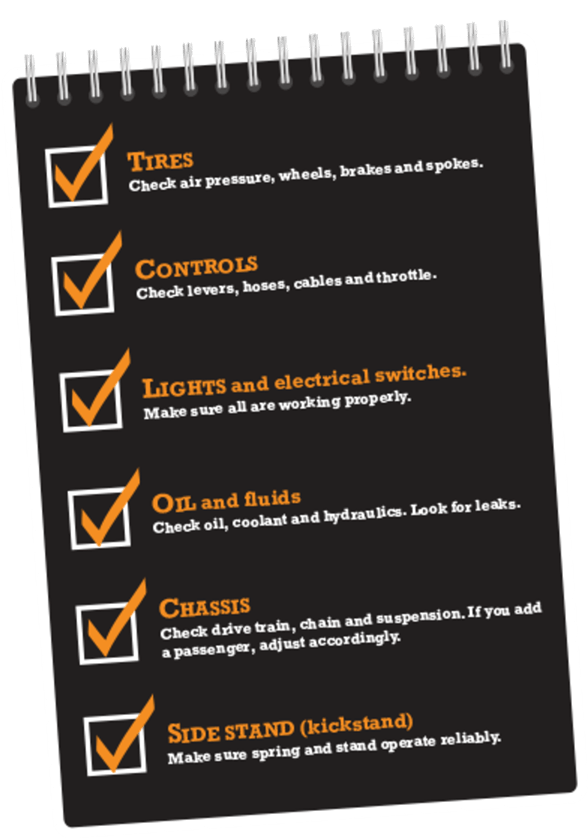
Sharpen your skills By taking a safety course
The Division of Motor Vehicles (DMV) offers motorcycle training courses for riders of all levels:
- Novice
- Experienced
- Advanced
Check out the available classes, including locations and registration information, and choose the one that’s right for you. Even the most experienced riders will learn something new!
Explore DMV Courses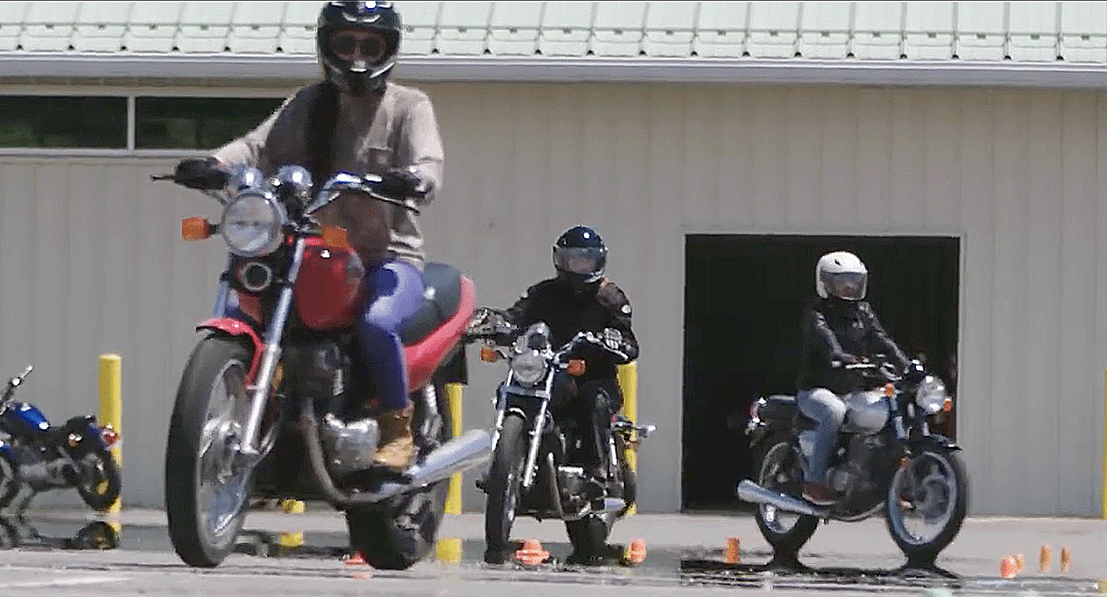

Test your biker brain
Whether you’re an experienced rider or a novice, you could learn something here that could save your ride — and maybe even your life. The quiz takes just a couple of minutes. Ready? Go!
Popular Scenic Rides You Can Take
The Scenic Route
Sussex County
Historic Ride
New Castle County
On the Water
New Castle County
Quick Cruise
Kent County
Natural Wonders
Sussex County
Peaceful Countryside
New Castle County
Rolling Hills
New Castle County
Rider testimonials
“People who ride motorcycles know why dogs like to stick their heads out the window,” says Joe Haberman. See what else riders have to say about the fun, freedom and safety requirements of riding motorcycles.

